These are just a few of the lenses available for the DJI Inspire 3, and in this video, I want to run through all of the different lenses for the Inspire 3, show you what they can do, and also talk you through the ones that I use the most. So, if you’re going to buy an Inspire 3, you kind of know which lenses to start with.
The way I filmed this was using Waypoint, so I could fly the exact same flight path for every single lens and show you exactly what the differences are in the field of view and in some cases, like right now with the background blur, because I’m filming this on the Inspire 3 with the 50 millimeter right now. Just so we’re clear, DJI isn’t sponsoring this video; they didn’t ask me to make it or anything like that. This is just something I realized nobody had made—a lens comparison between all of the different lenses DJI makes for the Inspire 3, and I thought it’d be kind of interesting. That being said, there is a link down below to ArtList, which is who I use for all of the music and sound effects and a lot more than that. Even so, if you want to help support the channel and you need good music that’s copyright-free and royalty-free, click the link below; you get two free months and I think, uh, yeah, you definitely help me out.

18mm Lens
Let’s jump into the widest lens that DJI offers: the 18mm. Now, the only lens that I don’t have and don’t own personally just because I wouldn’t use it that often is the 18mm. While I think it’s a fantastic, really wide lens and I have used it on some shoots, I just don’t use it that often because 18mm on full-frame is insanely wide. I mean, it is just insanely wide, and so depending on what you shoot, like, it could be really useful. The 18 is really useful for getting that sense of speed, especially if you’re flying close to stuff because of the way it kind of stretches the image out on the edges. Especially if you are flying close to things, you really feel that speed. But other than that, the 18 millimeter is just a little too wide for most of the stuff that I do.
It is a nice lens; it does take a larger filter size. You need that 55 millimeter filter size, whereas the other three lenses, the 24, the 35, and the 50, all take a 46mm filter size. But then also, if you’re going to get the 75, you’re going to end up with a 55mm filter thread for that as well.
The 18mm, like it is nice; it has its place, and it definitely has its uses. I just rarely ever use it in most of the stuff that I do. That being said, I’ve shot a couple of things for the LPGA that I did need the 18mm for, and they really, really liked it.
24mm Lens
This is the 24 millimeter; it’s a nice wide lens, especially on full-frame. On the Inspire 3, it’s a great really wide lens. I like it a little better than the 18 millimeter, although it does have some flaring issues. Sometimes you can get these kind of purple dots and stuff, but I like this lens overall. I don’t use it quite as much as I use the 35, but again, I’m in areas that are huge, absolutely gigantic, so 24 seems insanely wide when you’re up here where things are gigantic.
But it is a nice wide lens; it does give you a little bit of background compression, where you could set your subject out there. But I think really the 35 or the 50 is a little bit better for that. And then wait till you see the 75. But the 24 is a nice lens. It’s great for wides; you can get fairly close to subjects and, you know, get a nice shot. So everything you’re seeing right now was shot on the 24mm.

35mm Lens
This is the 35 millimeter lens. This is probably my most used lens on this especially because it’s full-frame. 35 gives you just a nice variety of wide but also somewhat good lens compression, where the background between your subject and what’s behind them actually looks like what it should look like.

But I do have to admit that a lot of times, when I get up here in places that are so huge and so vast, you need something that’s a little bit more punched in, a little bit tighter because it just is huge. But the 35 millimeter I think is my favorite. If I was going to recommend any lenses to anybody, I would say start with the 35 and then maybe go to the 50 or the 75 now that their 75 is available. But the 35 is definitely the place I would start as a first lens because it’s a good balance between wide and somewhat tight, and you can still get some decent background compression, set your subject where you want them in the frame.

50mm Lens
This is the 50 millimeter, which up to this point, and especially when I filmed on the Inspire 2, the 50 millimeter was one of my favorites. But the issue with the 50mm was, on the Inspire 2 at least, that you would get these camera shakes and wobbles if you were filming in any sort of wind at all. Now, I’m happy to say that’s not an issue on the Inspire 3, and with the 75mm, which you’ll see here in a sec, that’s not an issue at all, thankfully. But the 50mm is a really nice focal length. I use it quite a bit. I would say it’s probably my third most used lens just because it has a nice depth of field. It’s got good compression. Um, yeah, it can be a really nice focal length, especially when I’m filming in these huge, vast areas, and I want to make a subject kind of pop against the background, giving a little bit more true-to-life sense of scale, like in these clips you’re seeing.

75mm Lens
Then we come to the 75 millimeter, which is what I’m filming this on right now, and it frankly is my favorite now that it might be partially just because it’s newer and it gives really nice depth of field and a whole lot of lens compression. But the 75 millimeter is just a beautiful lens; it works really well in much lower light because it has an f1.8 aperture. But it also just it’s super sharp, has beautiful optics, and gives you some incredible imagery, especially when you want to get lots of parallax into your shot. Now because the front element of the 75 is so heavy, because the lens is so heavy, it does take a counterweight in the back of the camera and on the gimbal arm to balance it correctly. But the nice thing is once you have the adapter for the camera weight, or the rear camera weight on there, you don’t have to take it off; you can just fly all the rest of the lenses perfectly normally. But the 75 will balance on there when you put the counterweights on. But this thing, it is such a nice lens. It is like, I don’t know what else to say other than it has just become one of my favorite lenses to film with on the Inspire 3 because of the optics and because of the image that it gives you, it is just beautiful. I do hope we get a longer focal length. I want a 135 or something like that, but you know, we’ll see. (Editor: wish granted. 90mm might be on the way!)

Third-Party Lenses
Now, beyond the lenses that DJI makes for the Inspire 3, you can also modify and put in third-party lenses, which is how I’ve shot stuff like under nothing but full moonlight. But you can also get these really long, like 135mm shots from these old vintage lenses. And if you want to see more about how to do that, you’ve got to check out Josho’s Mike Art Now channel. It’ll be linked down in the description, as well as his store, where you can buy the counterweight systems and all that. That being said, like there’s no autofocus; it’s full manual and it does take some practice and some time to really get stuff set up. So not something I would necessarily use very often with clients, but it is really cool to be able to get even up to like 250mm on the Inspire 3. It’s pretty freaking wild!

Next, you’re going to want to watch this video right here. I’ll see you over there. As always, if you have questions, ask me in the comments below, or you can join my live stream, which happens most Wednesday nights at 4:00 P.M. Alaska time, 8:00 P.M. eastern, and we can have more of a conversation. I can answer questions that maybe I didn’t get to in this video. I’ll see you again soon in the next one. Cheers.


Discover more from DroneXL.co
Subscribe to get the latest posts sent to your email.
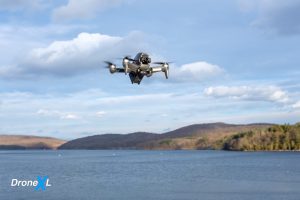
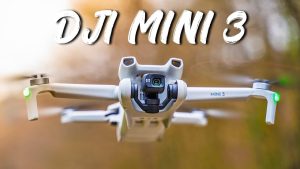
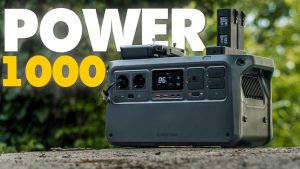
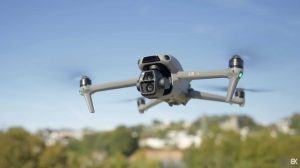
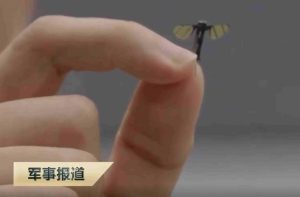

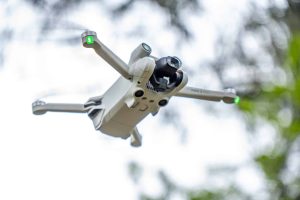
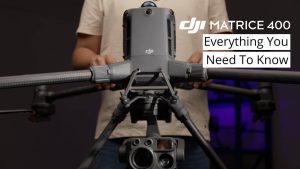

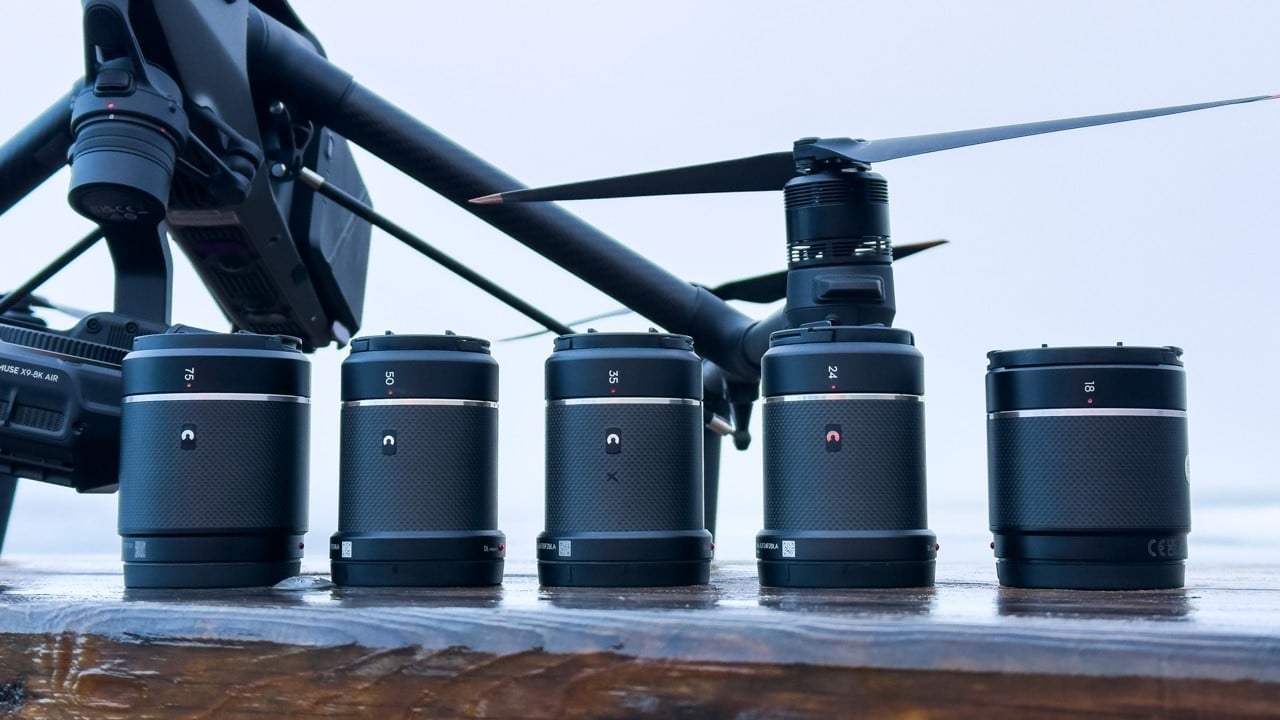

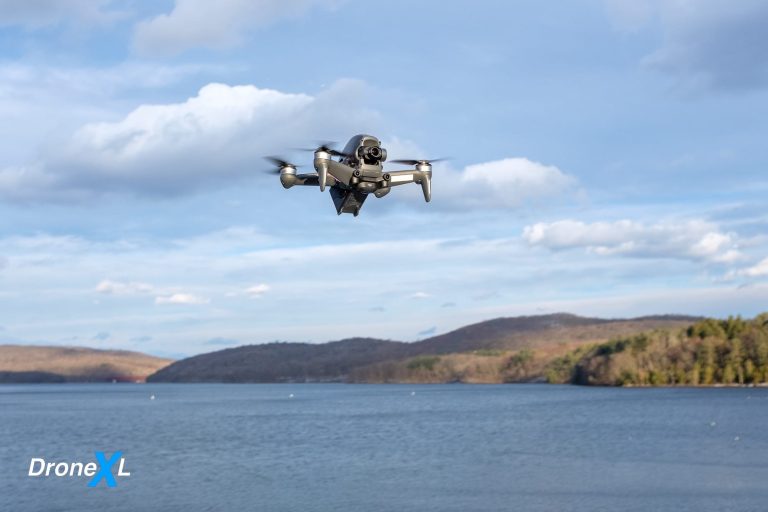
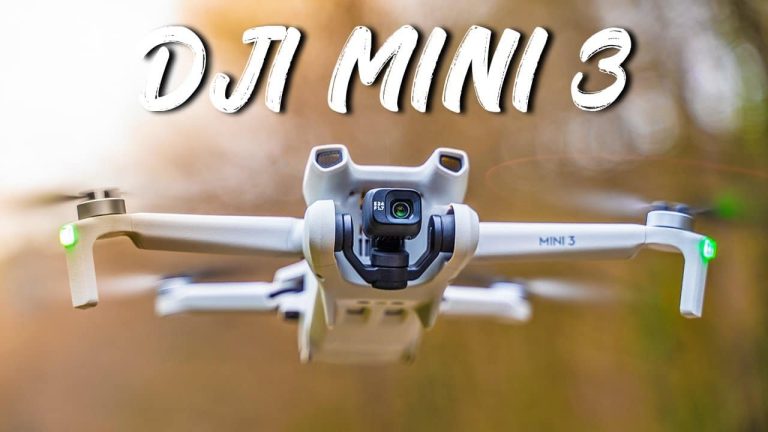



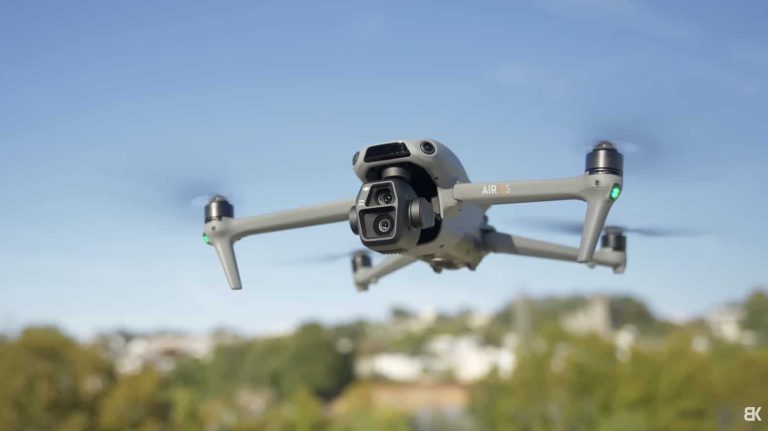
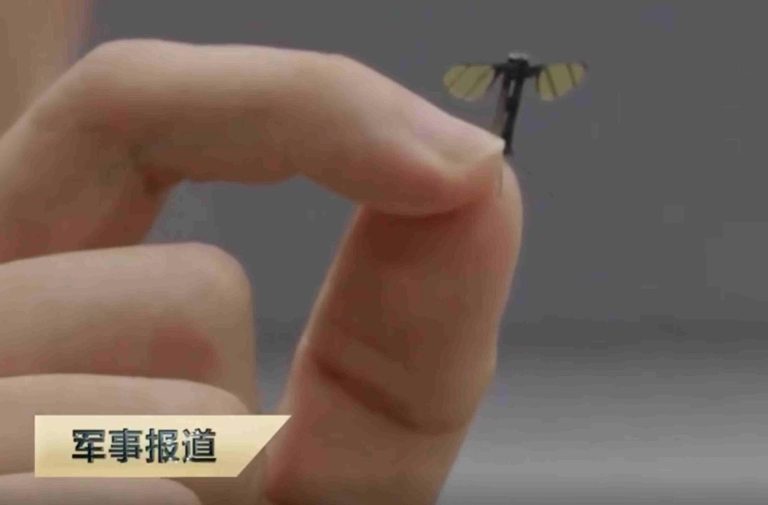
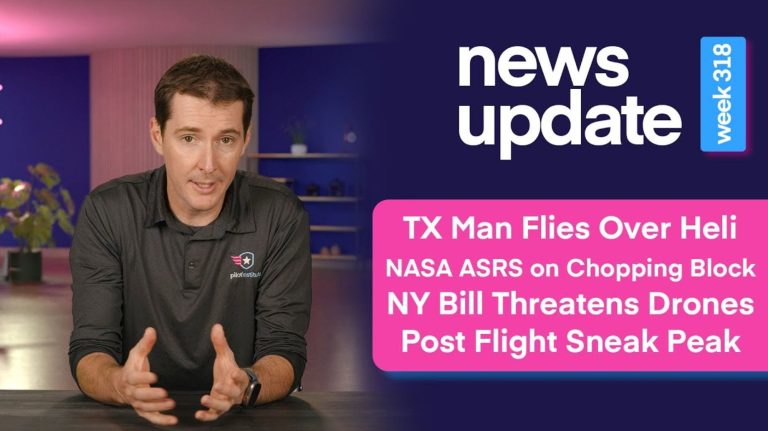
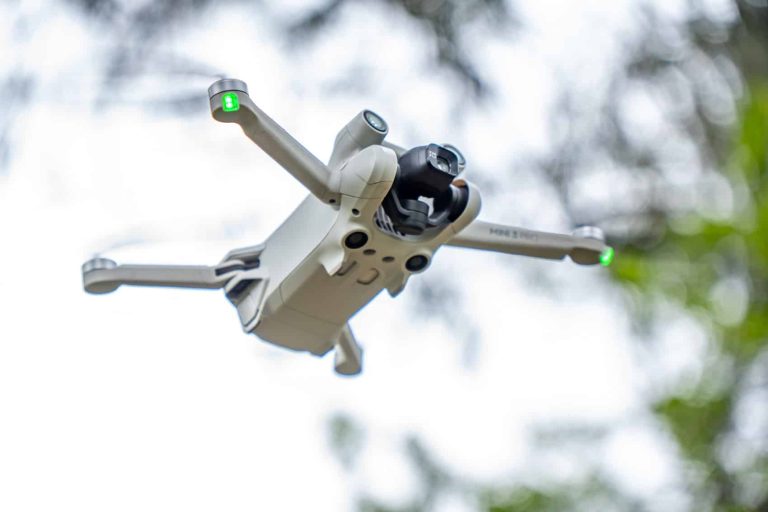
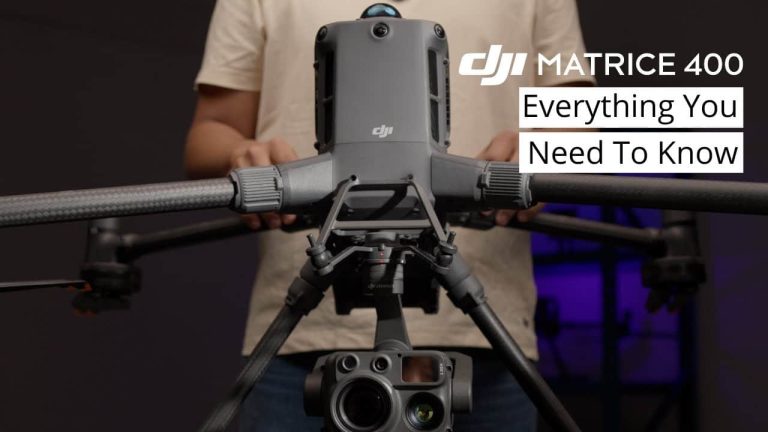
+ There are no comments
Add yours